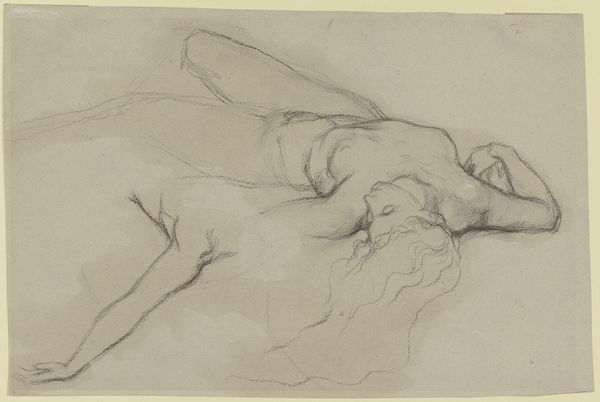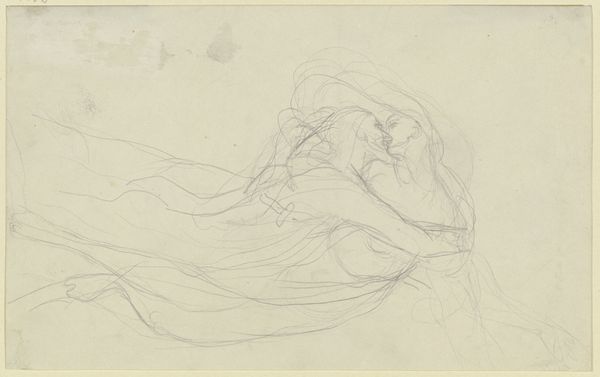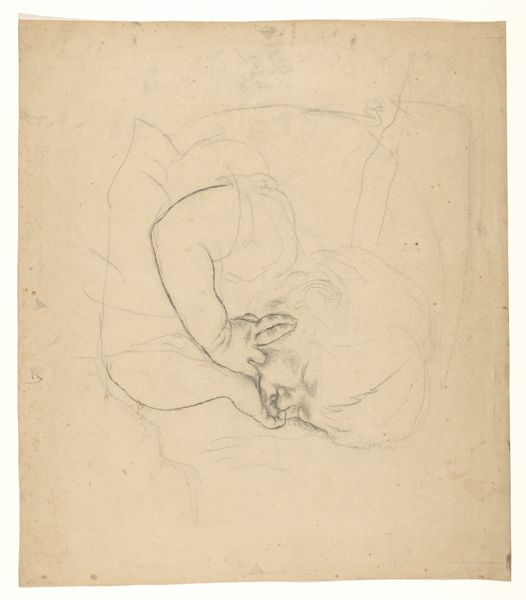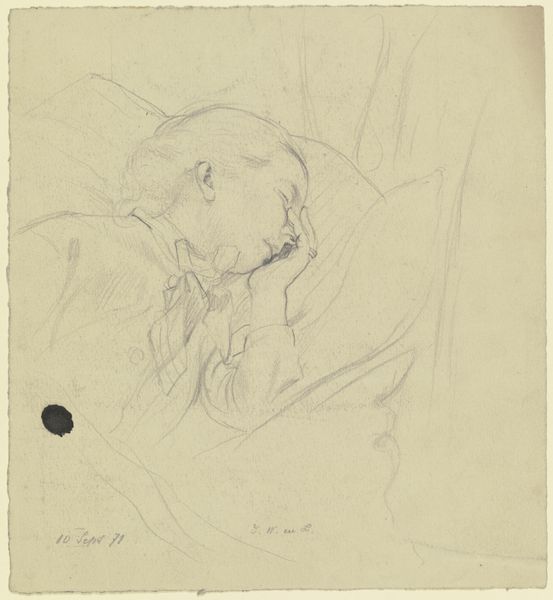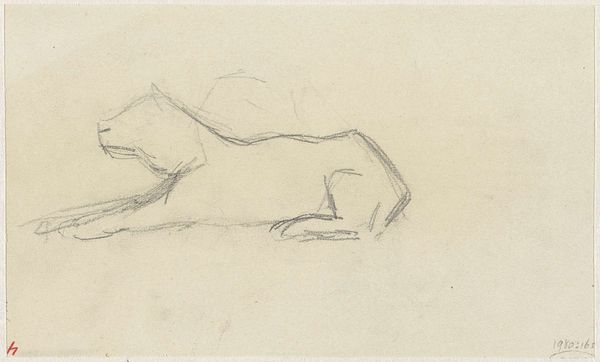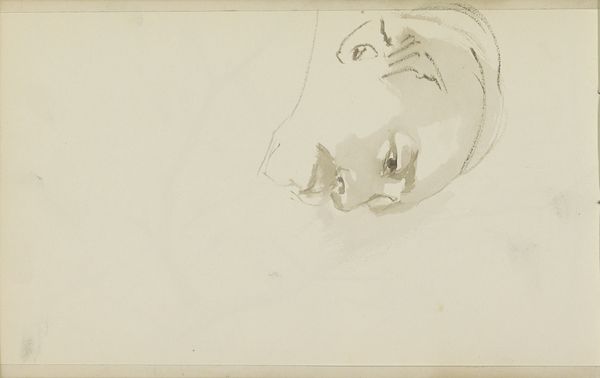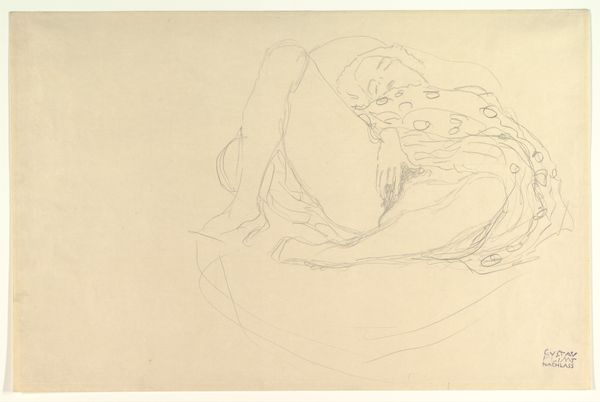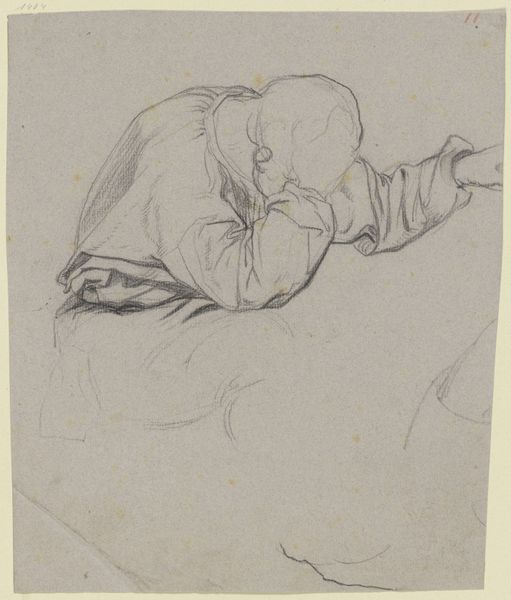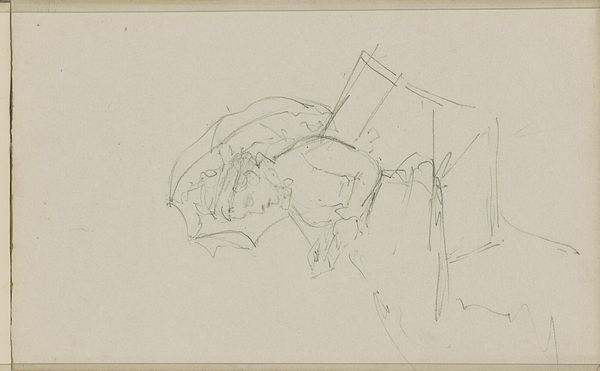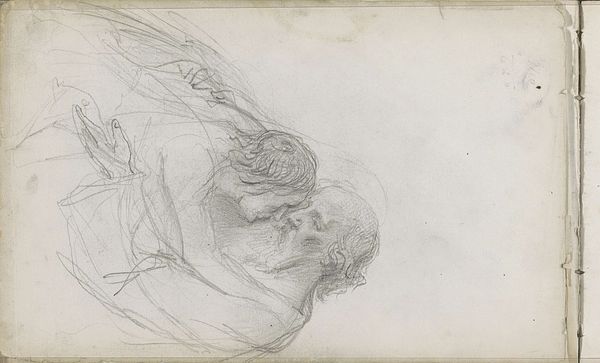
drawing, paper, pencil, chalk
#
portrait
#
drawing
#
16_19th-century
#
pencil sketch
#
paper
#
personal sketchbook
#
pencil
#
chalk
#
portrait drawing
Copyright: Public Domain
Editor: This delicate pencil and chalk drawing, “Frauenkopf, stark nach rechts gesenkt,” a study of a woman's head, is attributed to Victor Müller, and resides here at the Städel Museum. Its tentative lines give the work a vulnerable, fleeting feel, like catching a private moment. What can you tell us about the context in which it was made? Curator: Looking at the history of art education, portrait studies such as this one by Müller reflect academic exercises becoming more accessible. In the 19th century, the rise of Realism and increasing emphasis on objective observation moved artists away from purely idealized representations. The growing middle class also fostered a demand for more individualized portraits, subtly influencing the art market and pushing artists toward more personal and less overtly political imagery. What impact did these factors have on drawings displayed? Editor: Did the sketchbook or drawing gain importance for art reception? Curator: Precisely. Before, drawings served more as preparatory studies within the artist’s studio, for a select audience of artists or patrons. Over time, drawing, previously confined and controlled, became publicly displayed. In the broader 19th-century museum landscape, showcasing the creative process through sketches humanized artists, bridging the gap with an increasingly engaged public. Editor: I see. It’s a democratizing effect – making art more relatable. Looking at this sketch with your analysis, it now embodies the cultural shift of art and artists! Thank you for that great context.
Comments
No comments
Be the first to comment and join the conversation on the ultimate creative platform.

